How to grow castor?
The annual or perennial herb of castor family is very high in planting value. It has been planted in more than 30 countries in the world and has reached industrial scale. The planting yield in India, China, Brazil, the former Soviet Union, Thailand, Ethiopia and the Philippines accounts for nearly 88% of the total production of castor in the world.
It is cultivated throughout China. From Hainan to the south of 49° N Heilongjiang. North China and Northeast China are the most, Northwest and East China are the second, and the others are scattered cultivation. The semi-wild perennial castor is found in the tropics.
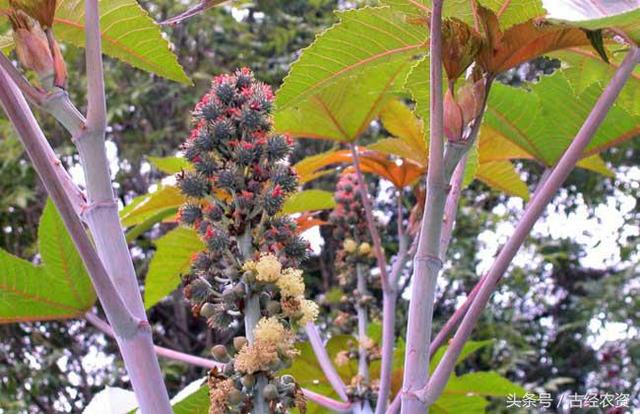
The former crop of castor bean is better with leguminous, wheat, barley crop, unfavorable plant on sweet potato ground, use commonly 4 years above crop rotation. Deep ploughing requires more than 33 cm of ploughing depth, and the cohesive soil should be deeper. Autumn ploughing is adopted, and after ploughing, soil moisture is preserved by timely harrowing. Organic fertilizer should be applied more as base fertilizer in sand dune land and saline-alkali land. Generally, the base fertilizer should not be less than 1500 kg per mu to maintain a balanced supply of nutrients throughout the growth period.
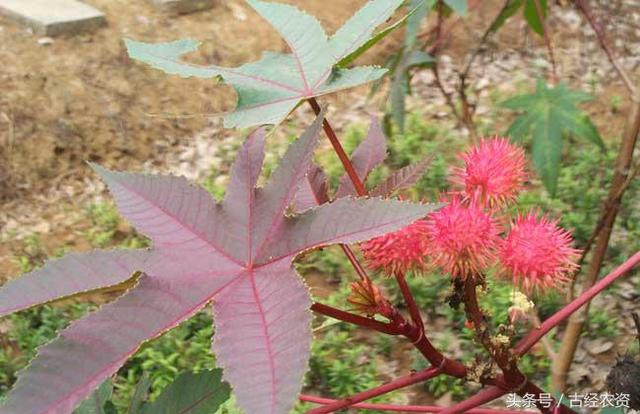
Castor main ear or on the first branch ear, mature earlier seeds are superior good seeds, can adopt screening, winnowing and other seed selection methods, and then choose sunny days will be selected seeds spread into a thin layer, drying 2~3 days, turning 2~3 times a day. 2~3 days before sowing, soak seeds in warm water at 45℃ for 4 hours, or soak them in warm water at 25℃ for 1 day and night, during which heat water is changed to maintain water temperature, and stir 5~6 times. After soaking, the seeds are placed in a greenhouse at 25 DEG C for germination for one day and night, and are turned over several times, and seeds can be sown when seed coats are broken.
The plots with poor moisture content should be sown on April 15~20, while the plots with good moisture content should be sown around the end of April, with a sowing depth of 5~7 cm. 2~3 seeds per hole, covered with soil after sowing. Sowing density should be reasonably determined according to variety characteristics and local natural conditions. When sowing, if the humidity is relatively high, it should be "dried" first, and then pressed when the sun is "dry". When the moisture content is medium or insufficient, it can be stepped on the grid first, and the soil should be pressed in time after sowing.
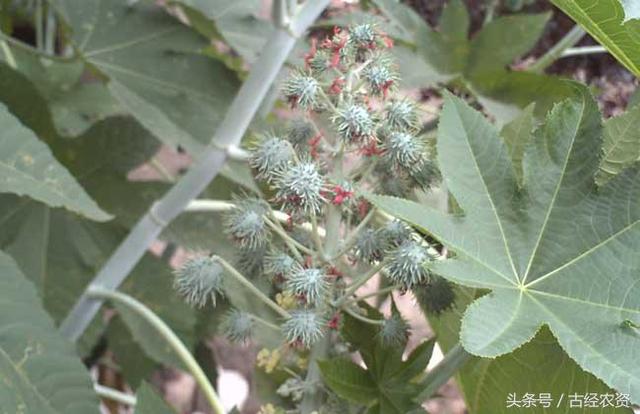
Ricinus communis is easy to survive when transplanted at seedling stage (before 3 true leaves), and it is necessary to transplant and supplement seedlings in time when finding lack of seedlings. The seedlings were fixed at 3~4 true leaves, and one plant was reserved for each hole. Too late seedling fixation will result in weak seedlings, which will affect yield. For plants planted on barren hills and slopes, seedling setting may be delayed a little, and topdressing may be carried out twice on barren land with little base fertilizer, with 15 kg of diammonium or ammonium nitrate or 7.5 kg of urea applied each time during seedling setting and ear formation.

Castor planting is generally carried out once in early June, mid-June and early July respectively, shoveled once before the second and third trips, and then placed once in autumn ridge. Wading and topdressing can be combined, pay attention to the drought after the trip must be timely irrigation, to ensure that castor robust growth.
When castor oil plant forms 5~6 true leaves, the terminal buds of the main stem of the plant are picked off in sunny days, and the number of ears is controlled according to the variety type. For the branches with only long leaves but no fruit, all the branches are removed during pruning. Pruning can not be interrupted, the number of branches left depends on the growth. Another method is to retain the terminal bud of the main stem and control the number of ears according to the variety type.
medicinal value
Leaves: sive, toxic, itching. Treatment of sore swelling poison, fresh mashed external application; treatment of eczema itching, decocted water external wash; and can kill maggots, kill larvae.
Root: Qufeng blood circulation, pain sedation. For rheumatoid arthritis, tetanus, epilepsy, schizophrenia
- Prev
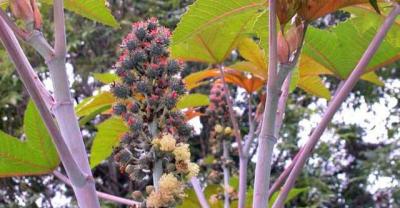
High income from planting traditional Chinese medicine
Time: may 27th place: Zhaohe Street, Sheqi County, "my family planted 42 mu of Atractylodes macrocephala Koidz last year, with a net income of nearly 7000 yuan per mu of land and an annual income of 300000 yuan!" At noon.
- Next
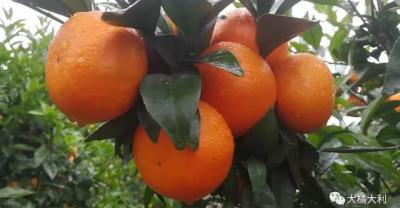
Planting techniques of Purple Chinese Cabbage
Purple cabbage is a precious variety newly bred in recent years, with purple outer leaves, bright red purple inner leaves, spherical straight tube type, thin petiole, high dry matter content and 1.
Related
- Fuxing push coffee new agricultural production and marketing class: lack of small-scale processing plants
- Jujube rice field leisure farm deep ploughing Yilan for five years to create a space for organic food and play
- Nongyu Farm-A trial of organic papaya for brave women with advanced technology
- Four points for attention in the prevention and control of diseases and insect pests of edible fungi
- How to add nutrient solution to Edible Fungi
- Is there any good way to control edible fungus mites?
- Open Inoculation Technology of Edible Fungi
- Is there any clever way to use fertilizer for edible fungus in winter?
- What agents are used to kill the pathogens of edible fungi in the mushroom shed?
- Rapid drying of Edible Fungi

